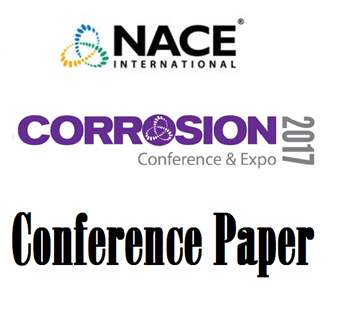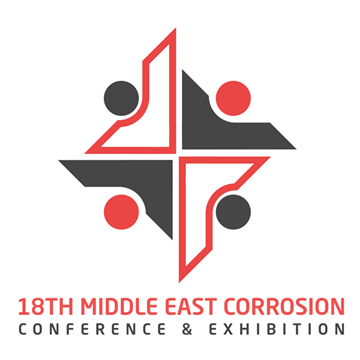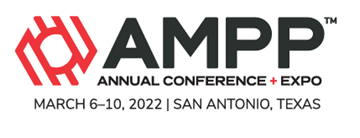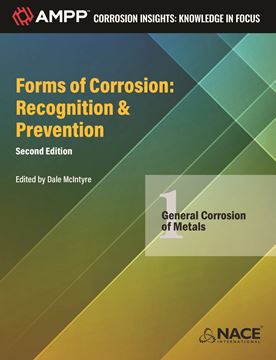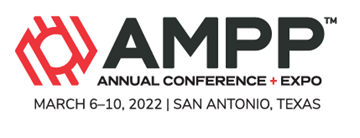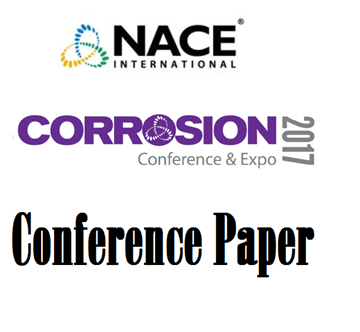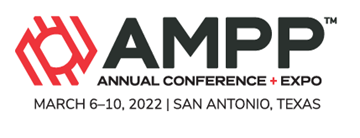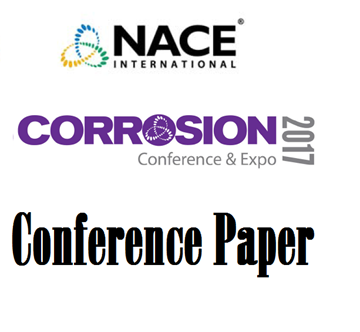Search
Products tagged with 'carbon steel'
View as
Sort by
Display
per page
Estimating Metal Loss in a Marine Environment for Structural Integrity Analyses
Product Number:
51317--9003-SG
ISBN:
9003 2017 CP
Publication Date:
2017
$20.00
Evaluating the Effect of Surface Finishing on Microbial Induced Corrosion of Pipeline Steels
Product Number:
MECC23-20073-SG
Publication Date:
2023
$20.00
Evaluation Of Pitting Penetration Associated With Steel Exterior Of Hanford Tanks
Product Number:
51322-18002-SG
Publication Date:
2022
$20.00
Evaluation of Seawater Treatments to Mitigate the Corrosion Rate of Carbon Steels and CRAs Rigid Pipeline During Pre-Commissioning Operations and Long-Term Wet Storage
Product Number:
51324-21050-SG
Publication Date:
2024
$40.00
Experimental Study and Finite Element Modelling of the Cathodic Protection Influence on Parallel Pipelines During Maintenance Operations
Product Number:
51324-20713-SG
Publication Date:
2024
$40.00
Flowline Material Performance and Challenges in Oil and Gas sweet and sour environment
Product Number:
51320-14722-SG
Publication Date:
2020
$20.00
Forms of Corrosion: Recognition & Prevention-Chapter 1--General Corrosion of Metals
Product Number:
37626-Ch01
$125.00
Galvanic Interactions Between Surface Layers And Bare Carbon Steel In Aqueous CO2 Environments
Product Number:
51322-17654-SG
Publication Date:
2022
$20.00
High Temperature Hydrogen Attack (HTHA) Modeling Prediction and Non-Intrusive Inspection Review
Product Number:
51317--8924-SG
ISBN:
8924 2017 CP
Publication Date:
2017
$20.00
Impact of Internal CO2 Corrosion of Mild Steel Pipelines on Solid Hydrate Particles
Product Number:
51321-16391-SG
Publication Date:
2021
$20.00
In Situ Atomic Force Microscopy Study Of Microstructure Dependent Inhibitor Adsorption Mechanism On Carbon Steel
Product Number:
51322-17739-SG
Publication Date:
2022
$20.00
In situ Electrochemical Evaluation of Pitting Corrosion of Carbon Steel Pipelines Exposed to Slightly Sour Seawater Service
Product Number:
51317--9416-SG
ISBN:
9416 2017 CP
Publication Date:
2017
$20.00

